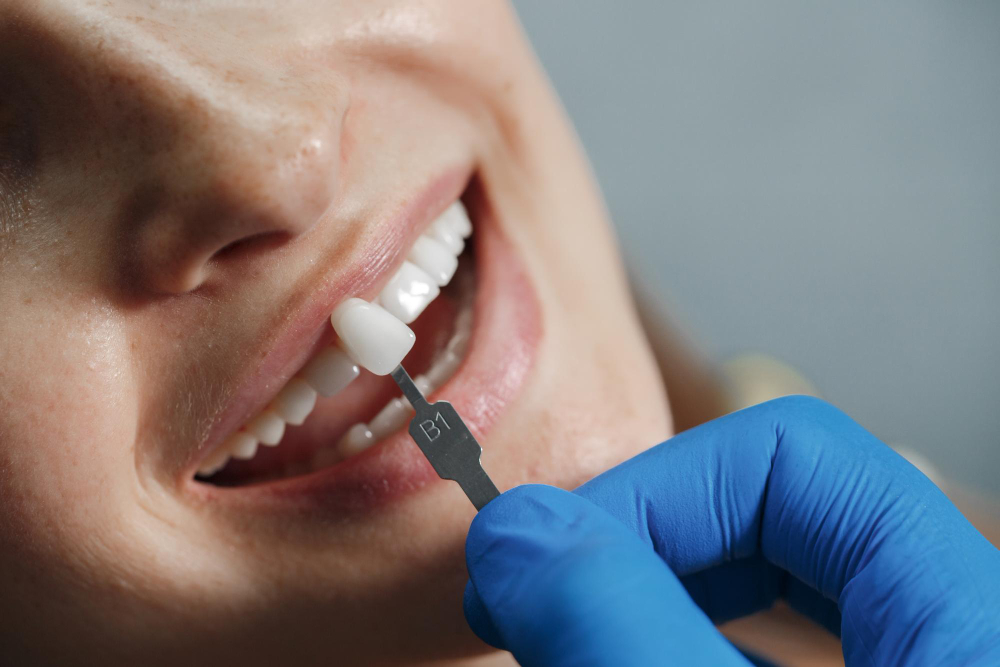
Have you ever looked in the mirror and thought, "Something about this tooth just doesn’t feel right"? Maybe it’s chipped, worn down, or just doesn’t look like the rest. Whether it's a functional issue or a cosmetic concern, dental crowns might just be the royal fix your smile deserves.
Let’s explore what dental crowns are, why they matter, and how they might become your teeth’s best friend.
So, What Is a Dental Crown?
Think of a dental crown as a tailor-made helmet for your tooth. It’s a protective shell that wraps around a damaged or vulnerable tooth to restore its strength, shape, and appearance.
It’s not just about looks — although crowns can look stunning. More importantly, they reinforce your natural tooth and help prevent further problems down the road.
Why Would Someone Need a Crown?
There are quite a few reasons why your dentist might suggest a crown:
- Your tooth is cracked, broken, or fragile.
Crowns hold things together, literally. Like putting a protective casing on a delicate gadget. - You’ve had a root canal.
After this treatment, teeth can become brittle. A crown offers the needed reinforcement. - You grind your teeth.
Years of wear and tear can flatten your teeth. A crown brings them back to life — structurally and visually. - Cosmetic improvement.
Sometimes, it’s simply about feeling better when you smile. Crowns can fix discoloration, odd shapes, or large gaps. - You’ve got an implant.
Implants are the root; crowns are the visible “tooth” on top.
What Are Crowns Made Of?
Crowns aren’t one-size-fits-all. They’re personalized — in shape, size, and even material:
- Zirconia: Strong, durable, and looks incredibly natural. It’s a modern favorite.
- Porcelain: Offers great aesthetics, especially for front teeth.
- Metal or Gold Alloys: Not always pretty, but extremely tough — often used in back molars.
- Porcelain-Fused-to-Metal (PFM): A blend of strength and beauty. Good for both front and back teeth.
Each has its pros and cons, and your dentist will help you choose what fits best.
How Does the Process Work?
Getting a crown isn't complicated, but it does take a bit of time and care. Here's what usually happens:
- Assessment: Your dentist checks if your tooth needs a crown or if there’s another way to fix it.
- Shaping the Tooth: The tooth is filed down to make space for the crown.
- Taking Impressions: A mold or digital scan is made to ensure a perfect fit.
- Temporary Crown: You’ll wear a temporary crown while the real one is being made.
- Final Fitting: Once ready, the permanent crown is cemented in place — and voilà!
Aftercare: Treat It Like Royalty
Crowns are tough, but not indestructible. Here’s how to take care of them:
- Brush and floss daily — they cover a tooth, not replace it.
- Avoid biting on hard objects like pens, ice, or fingernails.
- Visit your dentist regularly for check-ups and cleaning.
- If you grind your teeth, ask about a night guard.